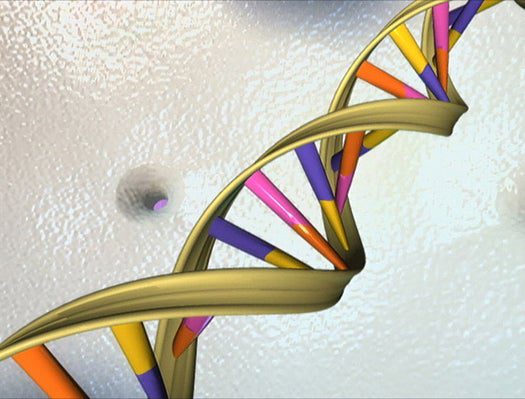DNA is a sturdy molecule; it can hang around for a long time in fossilized plants and animals. To find out just how long, an international team of scientists decided to determine its rate of decay—the length of time it takes half of its bonds to break.
First, the scientists extracted and measured the amount of DNA in 158 tibiotarsus leg bones of extinct moa, 12-foot, flightless birds that once roamed New Zealand. Next, they used radiocarbon dating to calculate the ages of the bones, which ranged from about 650 years old to 7,000 years old. With that data, the scientists calculated the hereditary molecule’s half-life: about 521 years.
The rate, however, isn’t slow enough for humans to take blood from an amber-encased mosquito and clone dinosaurs, like in Jurassic Park. “We believe this is the last nail in the coffin,” of claims that scientists can get DNA from million-year-old fossils, says Morten Allentoft, a scientist from Copenhagen’s Natural History Museum who worked on the project. Even in ideal preservation conditions, the scientists calculated that every single DNA bond would be broken at 6.8 million years: The youngest dino fossils are 65 million years old. And because scientists need long stretches of DNA to replicate it, they estimate that the oldest usable DNA will actually be one to two million years old. The record holder right now is DNA found in ice cores, at 500,000 years old.
So much for Jurassic Park.









